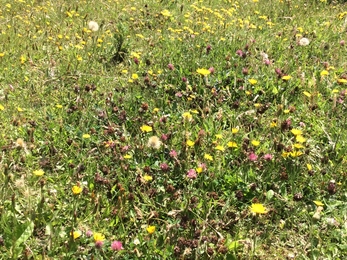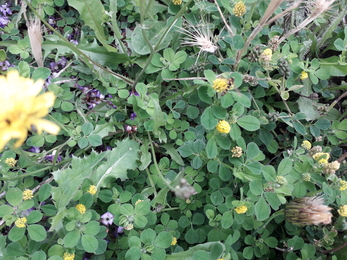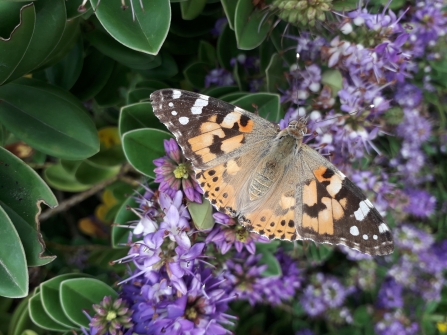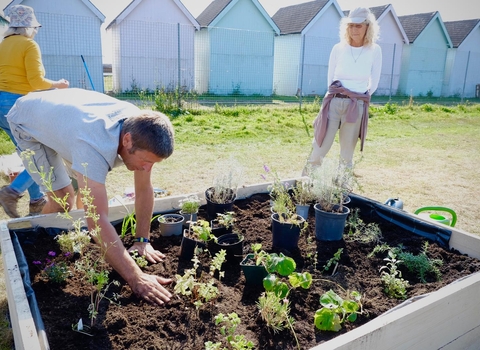How to give up mowing and gain a meadow
Last year I decided to give up mowing the lawn at the end of May in response to various sources encouraging people to give wildlife a chance. By the end of June, I had a lovely mini meadow where my sterile lawn used to be!
I began to get excited when I started counting the species of flowers and grasses, not to mention insects. I don't have enough knowledge to identify everything, so I invited Sue Blackwell, from the Natural History and Archaeological Society (a group to which I also belong), to visit. We both enjoyed making a growing list of the species we identified.





